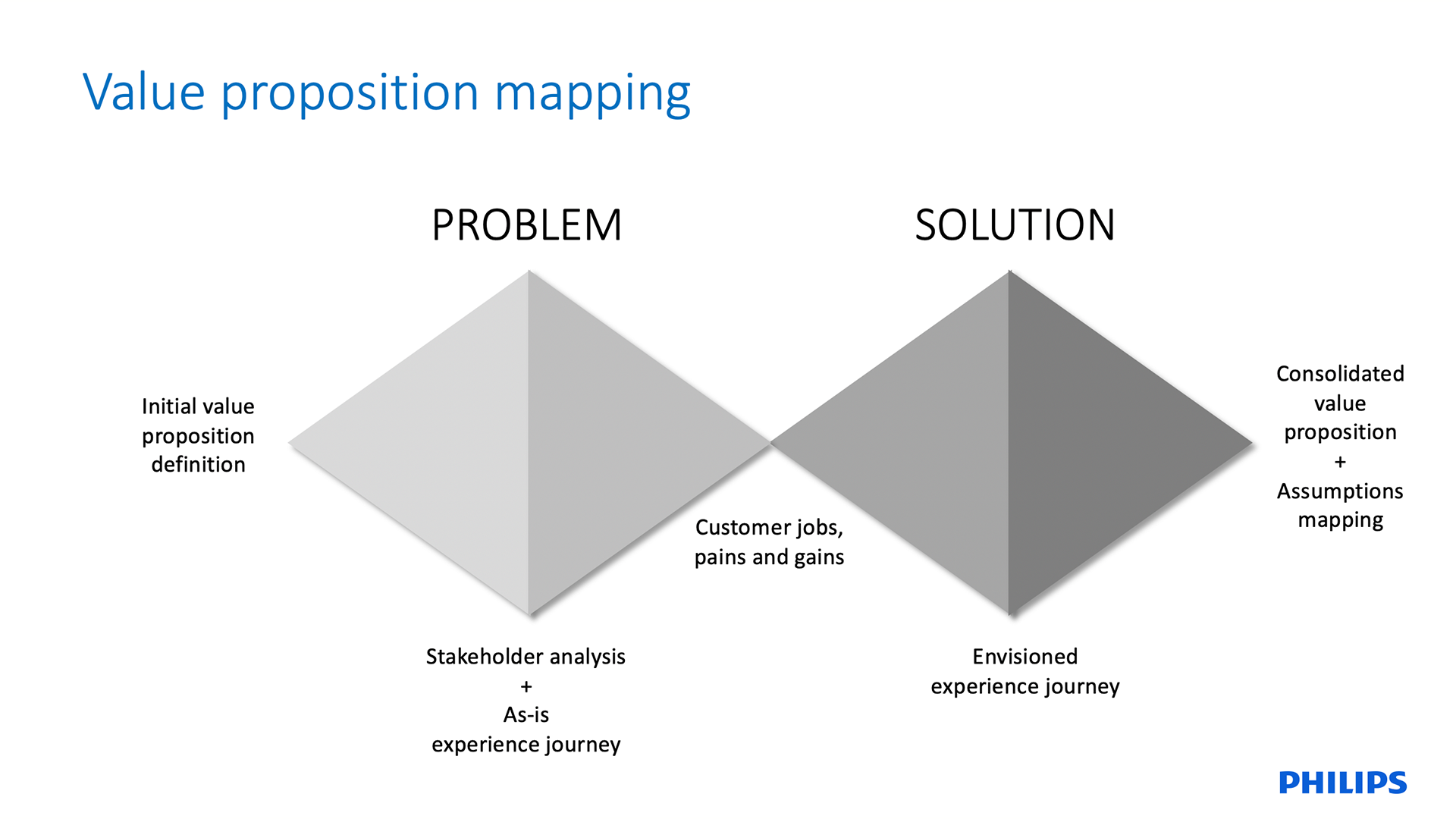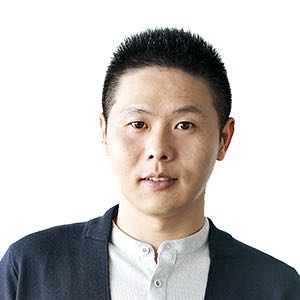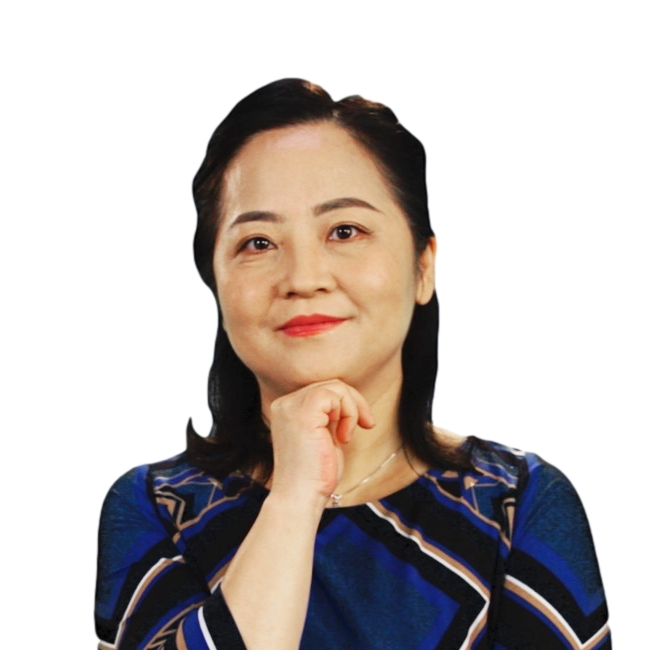-
 Yuqing Li
Philips
Senior Service Designer
Yuqing Li
Philips
Senior Service Designer
5G, AI & Internet + Enabled Healthcare Innovation in Coronavirus
New coronaviruses have spread rapidly in China and globally since the end of 2019, exacerbating previously scarce and unbalanced medical resources. Looking back at the SARS epidemic in 2003, the new crown epidemic prevention and control were rapidly incubated by technological innovations such as 5G, AI, IoT, and Internet +, and iteratively continued to iterate at an alarming rate in real scenarios. Everyone also had a special Spring Festival. During this time, the big family was isolated, but sometimes it was inevitable to go to a crowded place, and the daily medical needs would not disappear because of the epidemic situation.
In this workshop, we brought multiple cases to discuss how to apply technology and design innovations in this specific scenario to alleviate the strain on medical resources and reduce the risk of infection for medical staff; to do epidemic prevention and control in public spaces; People's basic medical needs.
The workshop will also explain medical innovation from the perspective of service design, and share Philips' experience in exploring medical transformation. In the grouping, we will focus on the epidemic prevention scenario, practice value innovative design tools to solve the problem of medical services, and realize the win-win and business value of stakeholders.
What this workshop has learned:
1.Case analysis
1.1 Explain how science and technology innovation is leveraging medical innovation with case analysis, and will share cases related to 5G, AI, IoT, Internet +, O2O, etc.
1.1.1 5G non-contact temperature measurement system in public scenes
1.1.2 AI-assisted diagnosis and triage solutions for Covid-19 imaging
1.1.3 Health code, epidemic map, O2O medical distribution service
1.1.4 Construction Status of 5G Cloud Supervisor Hospital form Wuhan
1.2 Taking the innovative value design of Philips Biosensor medical monitoring sensor as an example, introduce the application of innovative value design method in medical service design
2. Interpretation of medical policy trends and business opportunities after the epidemic
2.1 Accelerating the deepening of medical reform and system construction such as tiered diagnosis and treatment, and payment for a single disease
2.2 Promote the digital development of medical care, establish an Internet medical insurance settlement system, and continue to benefit the development of the industry
3. Practice the innovative value design method by grouping questions
3.1 Value Proposition Model
3.2 Stakeholder Map
3.3 Blueprint for Value Exchange
3.4 Value-driven measurement cards
Through the workshop, participants will master a set of methods to help the team to interpret the needs of users, so that the results of service design innovation can be directly applied by teachers, reduce the loss of information, and maximize the value of design verification. Jointly discuss the user's experience of the emotional and behavioral activities of the medical scene and the product, the value link of the space and the product, and try to deepen the concept and value innovative design by combining the product opportunities of the space value.
1. Workshop background introduction
2. Practice cases: 5G, AI and other technological innovations in service design cases in epidemic medical scenarios
3. Interpretation of industry trends: Interpretation of medical policy trends and business opportunities after the epidemic
4. Practice Case: Sharing Philips' Exploring Experience in Medical Transformation
5. Lecture on methodology: a tool for value innovation in service design
6. Group exercises: practice value innovation tools, analyze the needs and pain points of users, hospitals, enterprises and government medical related departments in epidemic prevention scenarios, and build medical innovation concept ideas and value exchanges
7.Summary and Q & A
1. Junior and intermediate service designers, design researchers, and user experience designers
Design manager
3. Listeners interested in innovative medical design
1. Understand the latest developments in current medical innovation;
2. Learn how to implement the medical transformation project through specific cases;
3. Understand how to use service design to solve problems in complex medical systems;
4. Use value innovation design methods to help teams effectively improve cooperation efficiency and maximize the results of innovation.













